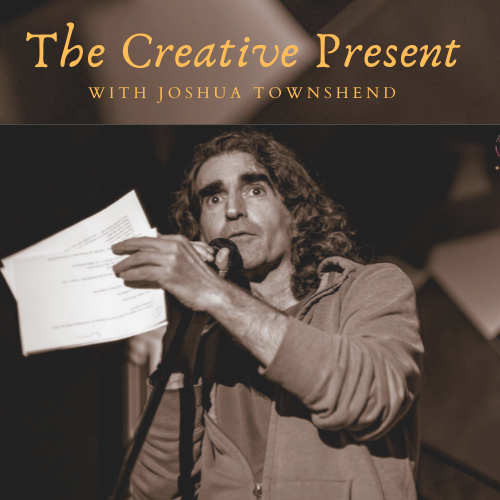Welcome back to The Creative Present! I’m Joshua Townshend, your host, and today we’re diving into something essential for all creatives: the subordinate image. Whether you’re an actor, writer, or artist of any kind, this concept can transform your work in profound ways. Let’s explore how!
What Is a Subordinate Image?
A subordinate image is the image behind the image—it’s the underlying emotion, experience, or thought that breathes life into your art. Think of it as the unseen force that gives depth to the words you speak or write.
Words alone are neutral. They only take on meaning when charged with emotion and experience. For instance:
-
“I love you” or “I hate you” hold power only when we inject them with the emotions and experiences behind those words.
The subordinate image makes the difference between words that are flat and words that resonate.
Why Subordinate Images Matter
Subordinate images allow you to:
Add depth to your performance: They transform neutral words into emotionally charged experiences.
Create a personal connection: They help you relate the material to your own life, making your performance more genuine.
Engage your audience: By tapping into real emotions, you create an experience that your audience can feel, not just hear or see.
Real-World Example: A Voice Actor’s Journey
Recently, I worked with a talented voice actor who’s been in the game for years. He’s a true pro—impeccable delivery, great voice, and highly sought after. In one of our sessions, I introduced him to the concept of the subordinate image.
Here’s what happened:
-
First take: He delivered the lines as he normally would—perfectly professional, clear, and crisp. But it lacked that extra something.
-
Second take: He applied the subordinate image, connecting the words to deeper emotions and experiences.
And the difference? Unmistakable. The second take carried a weight that made the words resonate. He wasn’t just speaking—he was experiencing the material, and that energy was palpable.
A Quick Breakdown: How to Use Subordinate Images
Here’s how you can start applying subordinate images to your creative process, whether you’re acting, writing, or anything in between:
-
Connect with your personal experience: Find the emotional undercurrent of what you’re saying or writing. What does it mean to you?
-
Infuse words with meaning: Imagine the hidden emotions behind each phrase. If you’re describing a “red sports car,” is it a symbol of freedom? Power? Speed? Let that guide your delivery.
-
Create deeper layers: Even if a specific word isn’t charged with emotion (like “grain of sand”), bring an image or feeling to it. The more layers, the more engaging your work becomes.
Why This Matters for Every Creative
This technique isn’t just for voice actors. Writers, filmmakers, and stage actors can all benefit from connecting with subordinate images. The more you can tap into these deeper emotional layers, the more authentic and compelling your work will be.
By using subordinate images, you’re not just telling a story—you’re living it, and you’re inviting your audience to live it with you.
Takeaways:
-
Words are neutral until you infuse them with subordinate images.
-
Connect with the emotion behind the words to bring your work to life.
-
Subordinate images help create a deeper, more genuine connection with your audience.






